Archives Hub feature for October 2014
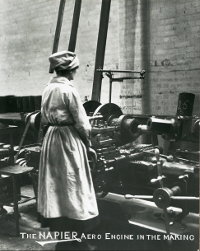
The centenary of the First World War is rightly being commemorated by a wide range of people and organisations. At the Institution of Mechanical Engineers, we have been investigating how the war sparked a technological battle for the best weapons, infrastructure and defences, and what this meant for engineering. New innovations include the tank and the gun mounted aircraft. The loss of workforces to the front saw women being employed in aspects of engineering, such as munitions, like never before.
Women workers
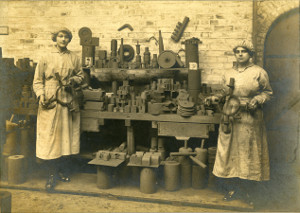
In 1918 Olive Monkhouse presented a paper at the Institution on the employment of women in munitions, the first women to do so. The discussion that followed highlights professional thinking on women workers prevalent at the time. It was generally accepted that the women had shown themselves to be good and reliable employees but there was real concern for their welfare (due to male colleagues potential wandering hands and teasing!) and the welfare of the nation: women as homemakers and the primary care givers were seen as the linchpin of society; the glue that held the nation together. Photographs in our collections give a glimpse into the conditions and working lives of these women, showing them both on the shop floor and in research areas and therefore, working at a variety of technological and skill levels.
Technological advances
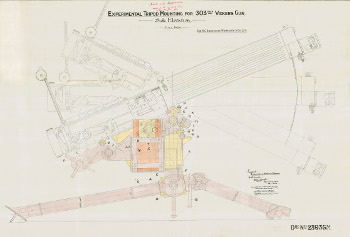
As for technological advances, several of our records make it clear that the army and other national organisations did not always solicit, or indeed welcome, invention. Lieutenant Walton Maughan of the Tank’s Corps, in response to an article in The Times, designed a new machine gun mounting. He took the invention to the forces, pushing hard for trials- you can almost hear him shouting at them off the pages how urgent the need for the mount is. The invention was put into production and used with Vicker’s guns; it updated an obsolete mount and allowed machine guns to be more efficiently targeted. Maughan was injured during the tank advance at Cambrai. The tank being another key innovation of the war, although its full capacity was not felt until the Panzer divisions of the Second World War used it.
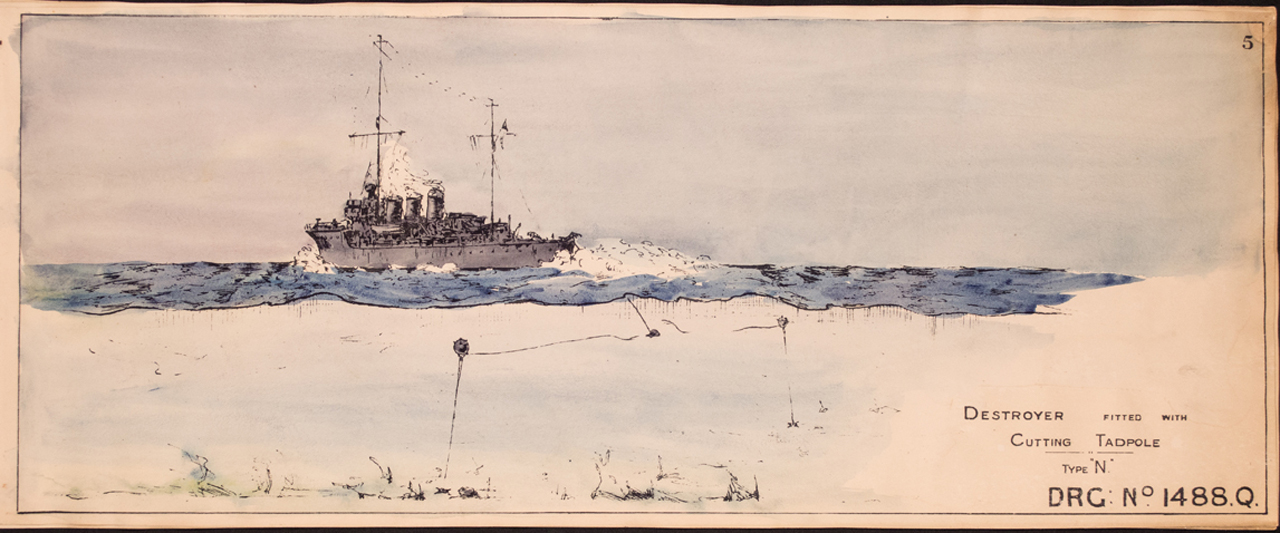
Other inventions include paravanes, these were hung from boats and used against marine mines to clear shipping lanes; design drawings at the Institution show how different destruction/tow methods were used and thus how quickly such items were developed. The drawings are rather exquisite and show how even technical draughtsman thought about aesthetics, as well as giving detailed information.
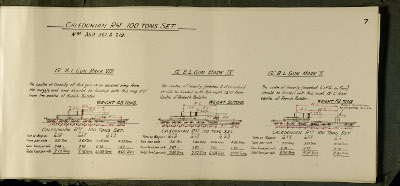
Already existing infrastructure was also mobilised, elevations show how the railways were adapted for the carrying of heavy guns to ports etc. On the Continent, the railway transporters could themselves become integral to the gun; instead of moving these cumbersome items they were fired from the railway line. In both advancing existing designs and creating the need for innovations the war advanced engineering and this had an impact on future conflicts.
Mercedes model and 3D photography project
We hold a more curious First World War item, a model of Marshal Otto Liman von Sanders Mercedes. Sanders was a German general who served as adviser and military commander to the Ottoman Empire during the conflict. So far not so strange but the model was made by German prisoners of war in Palestine during 1918, as a present to the British Major Pinder Commander 347 MT Coy Royal Army Service Corps. Pinder is an elusive figure and represents how searching for, even ranked officers, can be difficult. He is quite possibly EC Pinder, a Captain and temporary Major who was Mentioned in Dispatches 24th Dec 1917. The model is fine, with upholstery, a turning door handle, a bonnet that opens to reveal workings and turning wheels. It was donated by Pinder in 1939 but has no contextual information recorded about it. The car has also been the basis of our new 3D photography project, tests of which are available (http://engineersatwar.imeche.org/docs/default-source/Resources/object.swf?sfvrsn=2). The project aims to allow access to items mainly in storage.
Honour Roll research
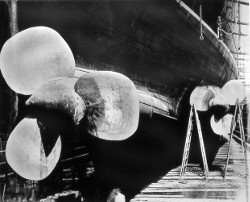
Another key project has been researching our Honour Roll. In common with many places, we have a board with a list of names. Using this and contemporaneous journals we have been able to piece together the stories behind those names. We also added details of two civilian casualties: William Martin-Davey went down alongside Colin Stanley Fenton on RMS Lusitania when she was torpedoed by a German submarine; both were involved in munitions work. The Roll reveals that engineers worked at every level of the campaign, from privates moving transport to one of Lord Kitchener’s men who died on the HMS Hampshire with him. It also illuminates the ‘world’ aspect of the conflict, with engineers from as far afield as Canada, Nigeria and India taking part. Members were encouraged to invest in war bonds and join new military divisions that were seeking engineers.
Occupation of the Institution’s headquarters
The Institution’s headquarters building also did its bit: almost immediately, the top floor was taken over by the Prince of Wales’ National Relief Fund; then rooms on the third floor were occupied by the Office of Works for the Explosives Department (Ministry of Munitions), who soon spread to the fourth floor; next the meeting hall was occupied; and in June 1915 the whole of the building was given over to the Office of Works. It was returned in 1919.
‘Engineers at War: from battle front to home front’
To more fully tell the story of engineering during the war, we are collaborating with the Institution of Civil Engineers and The Institution of Engineering and Technology. ‘Engineers at War: from battle front to home front’ (http://engineersatwar.imeche.org ) looks at ways engineers supported the war effort through infrastructure, defence/weaponry and at home; some personal stories are also told. Pieces from guests (starting May 2015) on specific related areas will rotate. Launched officially on the 11th Nov 2014, it is available now. The war allows an opportunity for us all to reflect on how we view our records: an event with such devastating consequences makes us remember that what we sometimes view as informational transactions in fact have a human side; archives can be intimately related to people’s lives, minds and deaths.
Karyn Stuckey, Archivist
Institution of Mechanical Engineers
All images copyright the Institution of Mechanical Engineers, and reproduced with the kind permission of the copyright holder.
